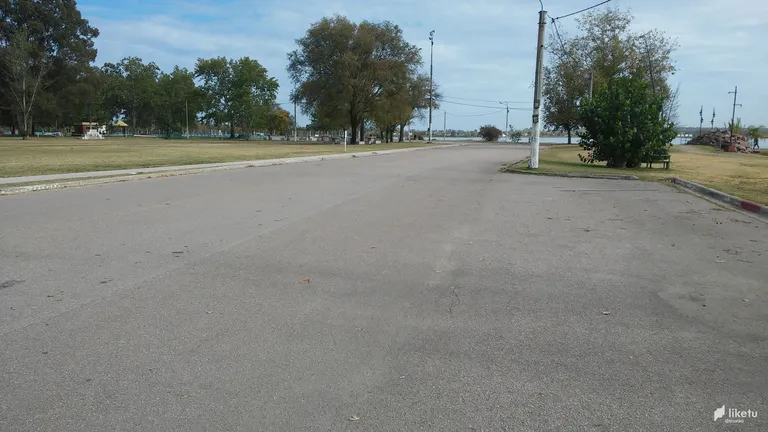

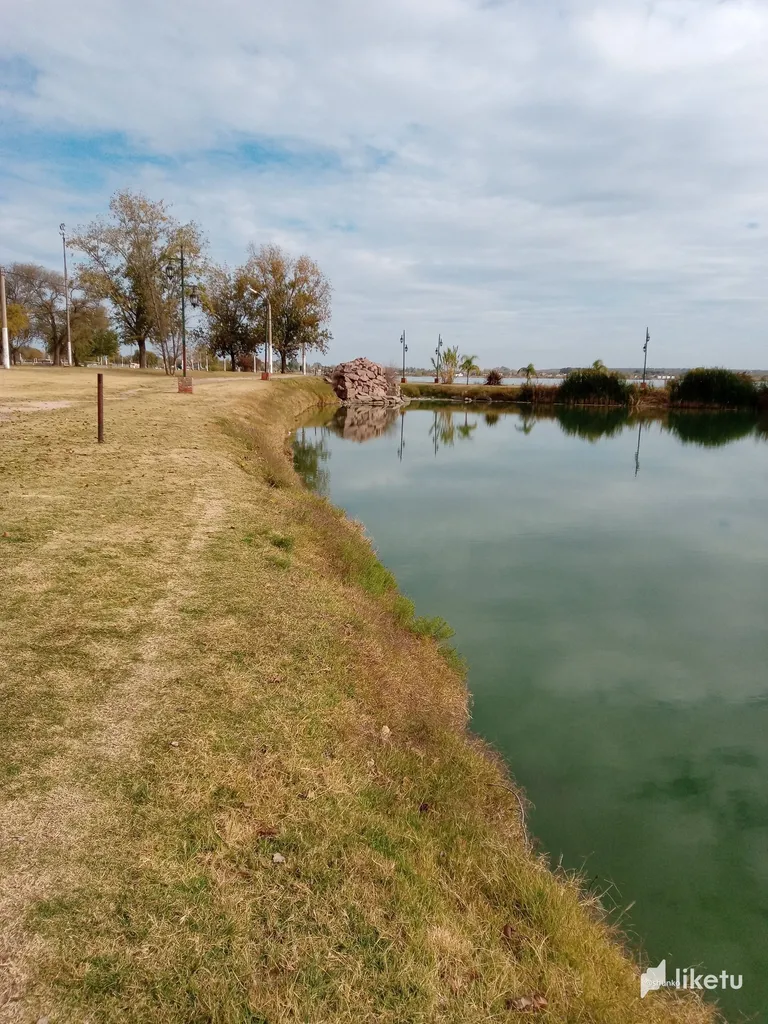
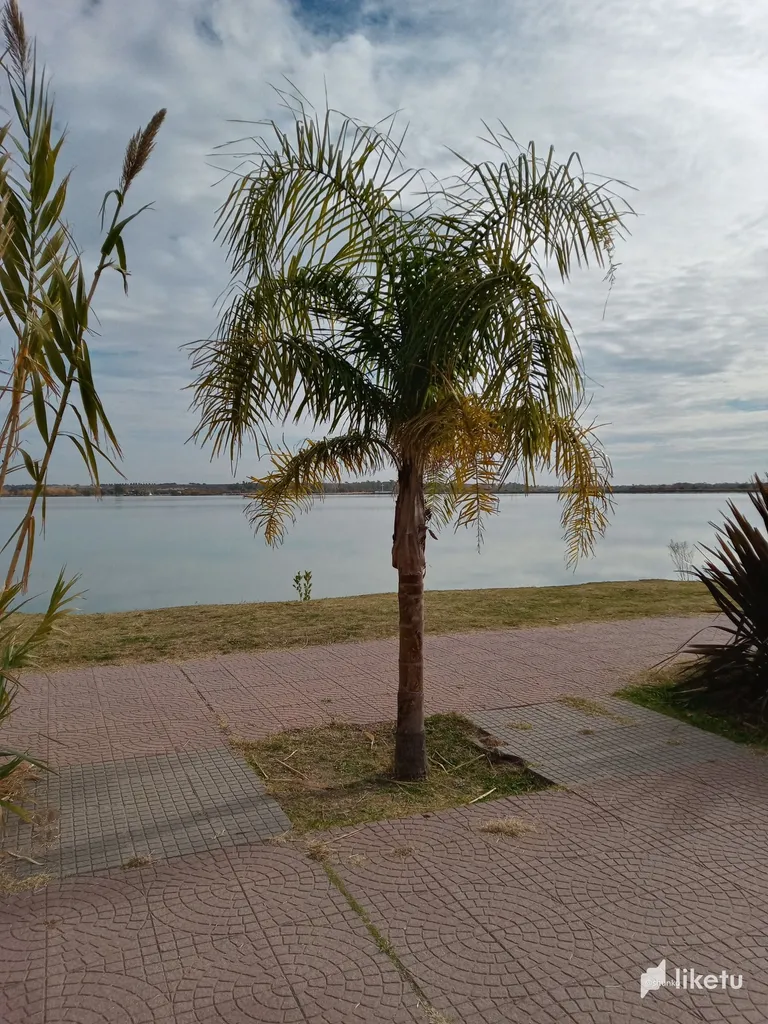

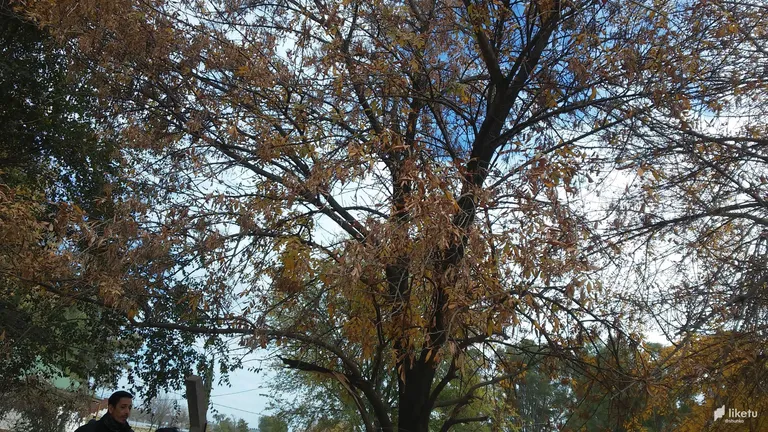
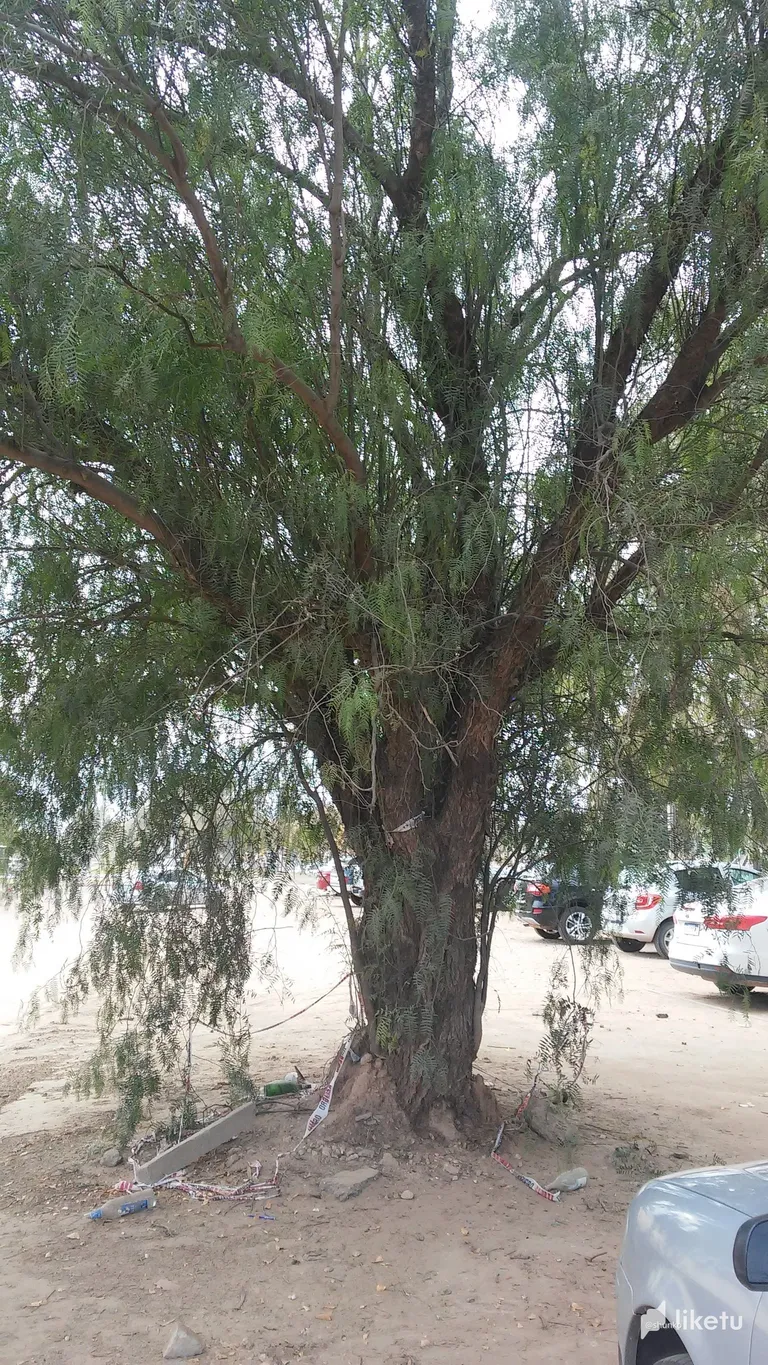
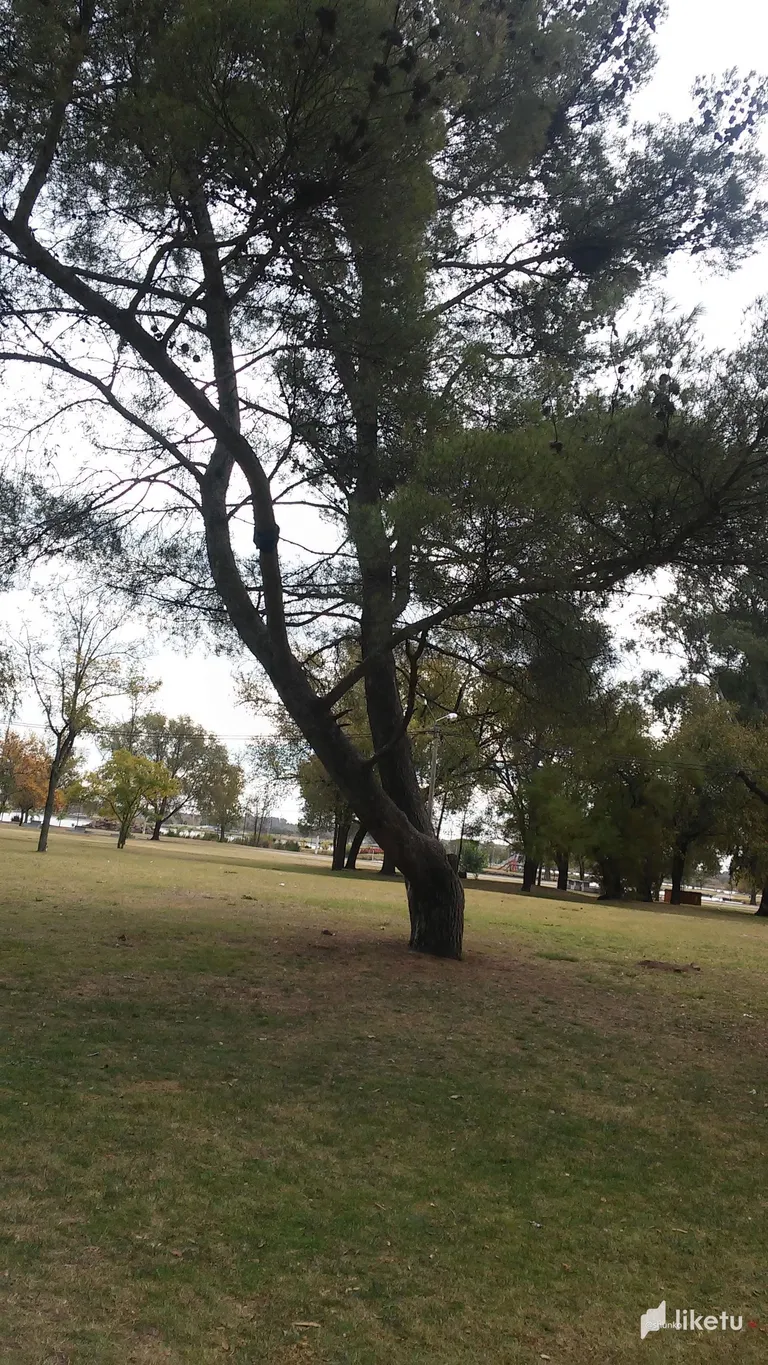
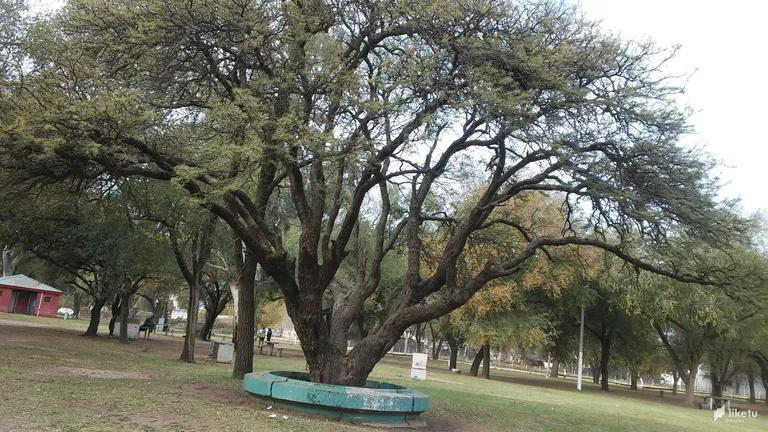
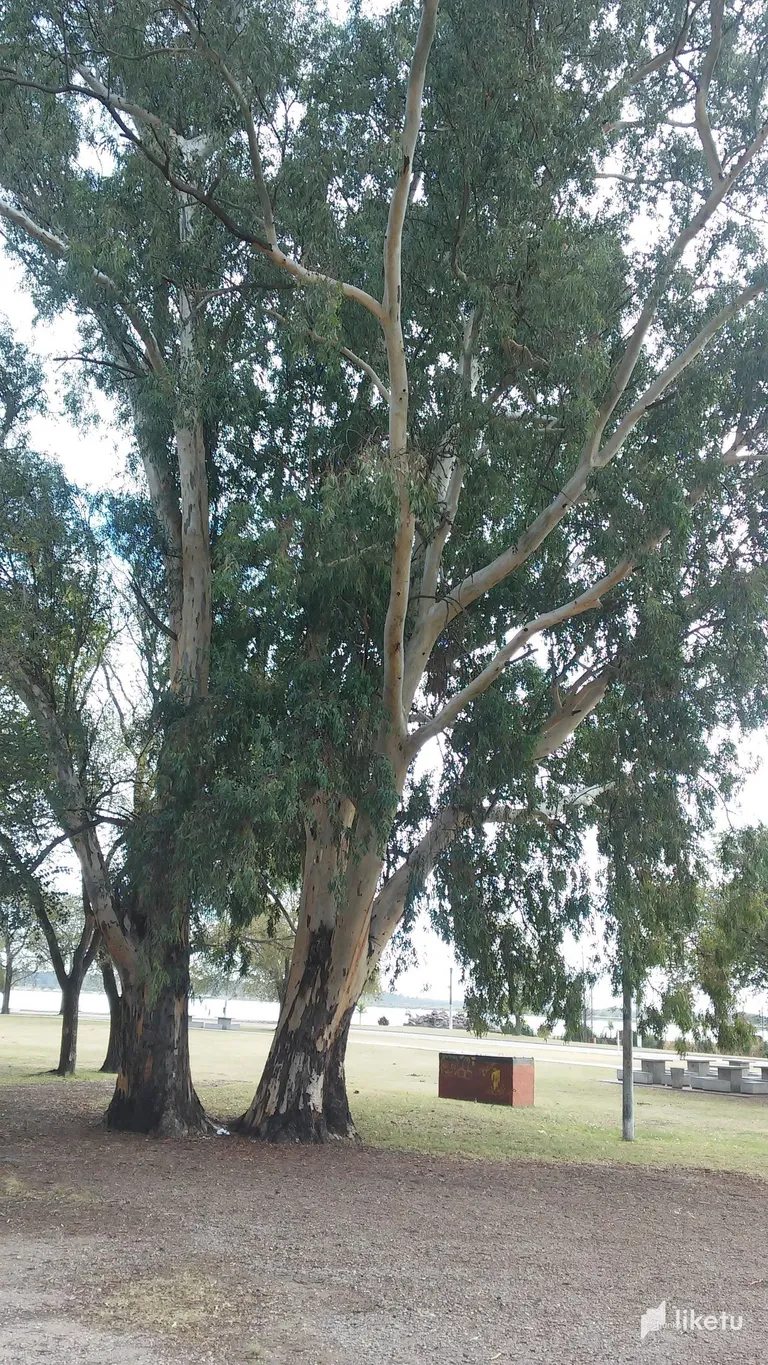
In the past, the province of La Pampa was an arid and hostile territory, similar in some cases to the Patagonian steppe today.
For that reason it was included in the benefits that its inhabitants have: better salaries, subsidies in the electricity and gas rates as a cold zone, promotions for small commercial and handicraft enterprises, etc.
Over the years the climate changed as a result of the construction of a large hydroelectric plant in the province of Rio Negro and rainfall began to arrive more regularly.
This motivated the formation of some water mirrors in my province that I have visited in the past and continue to do so in these post-pandemic times.
Today it is the turn of the water mirror called Laguna Ojo de Agua, 5 kms from the town of Uriburu and 45 kms from the capital of the province, Santa Rosa.
In this area there are six lagoons and some of them have permanent characteristics. Others, on the other hand, run out of water during periods of drought and must wait for new rains. The most important of all, open to tourism for some years, is Ojo de Agua.
In ancient times the hunters of the native peoples gathered around these lagoons that constitute a fundamental source of water for subsistence.
Under the Ojo de Agua Lagoon there is an archaeological site with pieces dating from 6,000 to 7,000 years ago, an extremely important discovery for this area where there are not many fossil or archaeological remains.
These remains predate the Ranqueles, the original people who later inhabited this central region of the country.
Apart from being able to get into the water, tourists can practice water sports and enjoy nature. They can also enjoy the sighting of more than 80 species of birds for birdwatching lovers. And spend beautiful moments with the family, on the beaches or touring the caldenal.
| Username | @sunko |
|---|---|
| Site | Laguna Ojo de Agua |
| Location | Uriburu (La Pampa) |
| Country | Argentina |

For the best experience view this post on Liketu


